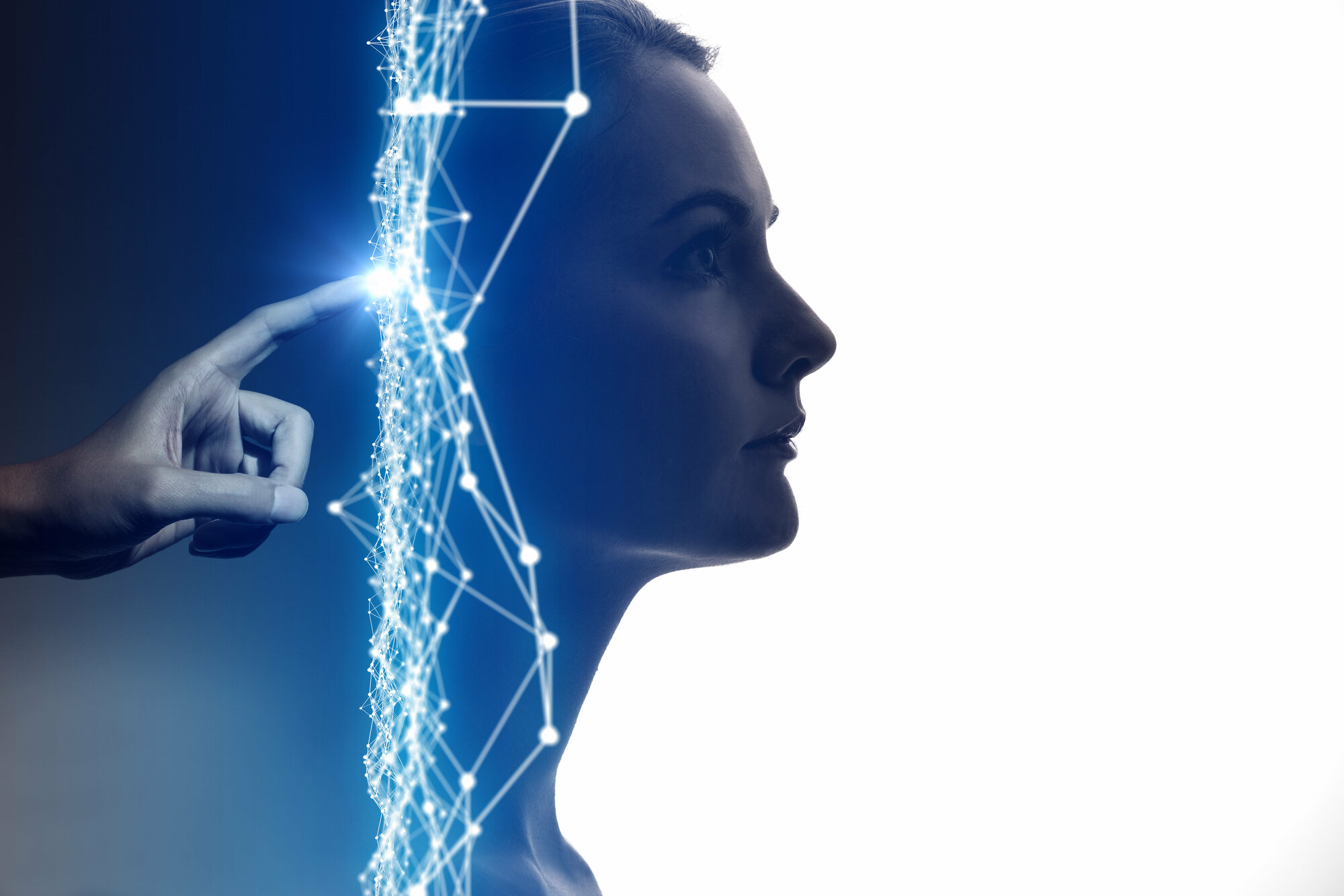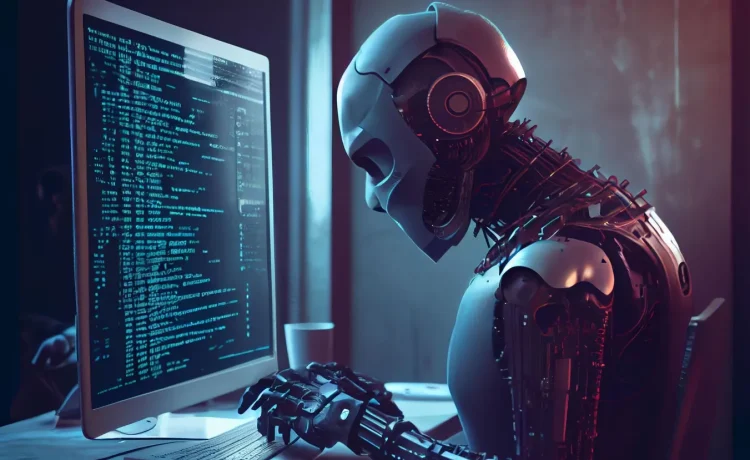Technology is advancing faster today than at any point in human history. From artificial intelligence and quantum computing to biotechnology and renewable energy, the innovations of the 21st century are reshaping industries, societies, and even the way we think. While technology is often viewed as a set of tools or machines, it is ultimately a reflection of human creativity and ambition.
This article explores the current state of technology, the breakthroughs driving change, and the challenges and opportunities that lie ahead.
The Acceleration of Innovation
Moore’s Law once predicted that computer processing power would double roughly every two years, and for decades, this was largely true. While that pace is slowing, innovation has not. Instead, breakthroughs are emerging across multiple fields simultaneously, creating an exponential effect.
Artificial intelligence (AI), for example, is transforming industries from healthcare to finance. Quantum computing promises to solve problems that traditional computers cannot, such as simulating molecular interactions for new drugs or optimizing logistics for global supply chains. Renewable energy technologies, meanwhile, are helping the world shift toward sustainability.
This rapid acceleration creates both excitement and uncertainty. The technologies being developed today could solve some of humanity’s most pressing problems, but they also raise new ethical, social, and economic challenges.
Artificial Intelligence: A Double-Edged Sword
No technology has captured global attention in recent years like AI. Powered by advances in machine learning, natural language processing, and neural networks, AI is becoming integrated into everyday life.
-
Healthcare: AI assists doctors in diagnosing diseases, predicting patient outcomes, and personalizing treatments.
-
Business: Companies use AI for data analysis, customer service chatbots, and supply chain optimization.
-
Education: Intelligent tutoring systems adapt lessons to individual students’ learning styles.
Yet AI also raises questions. Will automation eliminate jobs? How do we prevent algorithmic bias? Who is accountable when an AI system makes a mistake? These concerns highlight the need for ethical frameworks, transparency, and regulation to ensure AI benefits humanity rather than undermines it.

The Rise of Quantum Computing
While still in its early stages, quantum computing represents a paradigm shift. Unlike classical computers that process data in binary, quantum computers use qubits, which can represent multiple states simultaneously. This allows them to solve complex problems exponentially faster.
Applications include:
-
Pharmaceuticals: Simulating molecules to accelerate drug discovery.
-
Finance: Optimizing portfolios and managing risk in ways classical computing cannot.
-
Climate Science: Modeling complex systems to predict environmental changes.
Although widespread adoption may be years away, the race for quantum supremacy between tech giants and governments reflects its transformative potential.
Biotechnology and the Human Body
Technology is not just external—it is increasingly integrated into the human body. Biotechnology, bioengineering, and medical devices are enhancing health and longevity.
-
Gene editing tools like CRISPR allow scientists to alter DNA with unprecedented precision, potentially curing genetic diseases.
-
Wearable devices track heart rates, sleep cycles, and even blood oxygen levels, empowering individuals to take control of their health.
-
Prosthetics and implants are becoming more advanced, incorporating robotics and AI to restore lost functions.
However, these breakthroughs raise ethical concerns about privacy, genetic manipulation, and access. Who gets to benefit from these technologies, and who may be left behind?
Sustainability Through Technology
As climate change becomes an urgent global issue, technology plays a crucial role in creating sustainable solutions.
-
Renewable energy: Solar, wind, and hydropower are becoming cheaper and more efficient.
-
Energy storage: Advances in battery technology are making renewable power more reliable.
-
Smart cities: Internet of Things (IoT) devices monitor energy use, traffic, and pollution to optimize urban living.
The push for green tech demonstrates how innovation can align with global priorities, but it also requires large-scale investment and collaboration.
The Human Side of Technology
While technology is often associated with speed and efficiency, it also shapes how humans connect. Social media, video conferencing, and online communities have redefined communication, especially during global crises like the COVID-19 pandemic.
Yet these same technologies highlight challenges such as misinformation, online harassment, and digital addiction. Balancing the benefits of connectivity with the risks of overexposure is one of society’s ongoing struggles.
Technology also raises questions of identity and humanity itself. As virtual reality (VR), augmented reality (AR), and even the metaverse evolve, the line between digital and physical life becomes increasingly blurred. Will technology bring us closer together, or create deeper divisions?
Challenges Facing the Tech Industry
Despite its promise, technology faces serious obstacles:
-
Ethics and Regulation: Who sets the rules for emerging technologies? Governments struggle to regulate at the speed of innovation.
-
Digital Divide: Access to technology is unequal, with billions still lacking reliable internet. Bridging this gap is critical for equity.
-
Security and Privacy: Cyberattacks, data breaches, and surveillance threaten individual freedoms and organizational stability.
-
Job Disruption: Automation and AI may replace certain jobs, requiring large-scale reskilling and adaptation in the workforce.
These challenges remind us that technology is not neutral—it reflects human values and decisions.
The Future: Where Are We Headed?
Looking ahead, several key trends will shape the trajectory of technology:
-
Integration of AI everywhere: From smart homes to personalized medicine, AI will become invisible but omnipresent.
-
Blending of physical and digital worlds: Augmented and virtual realities will redefine work, play, and education.
-
Global collaboration: Solving climate change, pandemics, and inequality will require shared technological innovation.
-
Ethical design: Developers and governments will face pressure to prioritize fairness, inclusivity, and accountability.
Ultimately, the question is not just what technology can do, but what it should do.

Conclusion
Technology is a powerful force, capable of solving humanity’s greatest problems or amplifying its deepest inequalities. From AI and quantum computing to biotechnology and renewable energy, innovation is pushing the boundaries of what’s possible. But as we embrace these changes, we must also confront the ethical, social, and environmental implications.
The future of technology is not predetermined—it is shaped by human choices. If we harness innovation responsibly, technology can help build a world that is smarter, more connected, and more sustainable. The challenge is ensuring that progress benefits all, not just a few.





